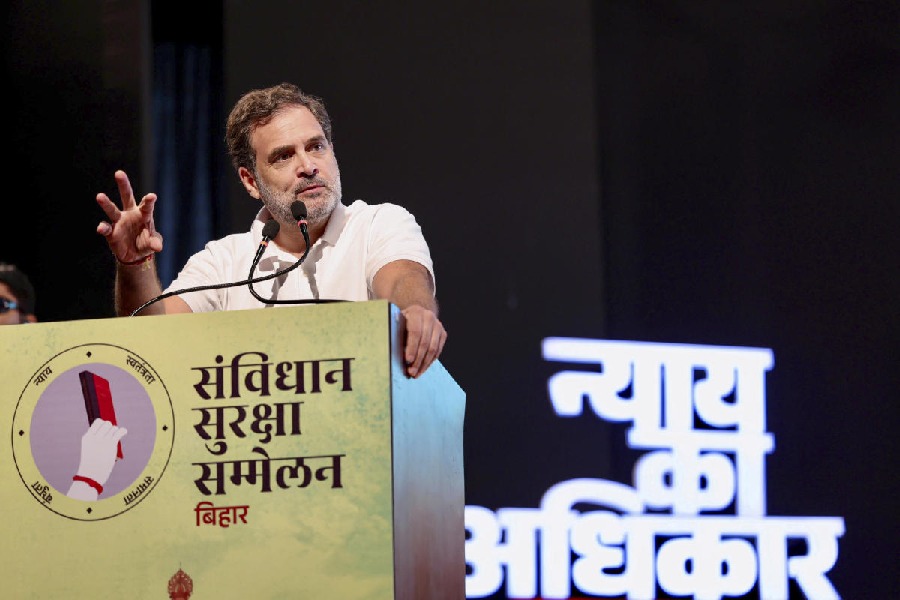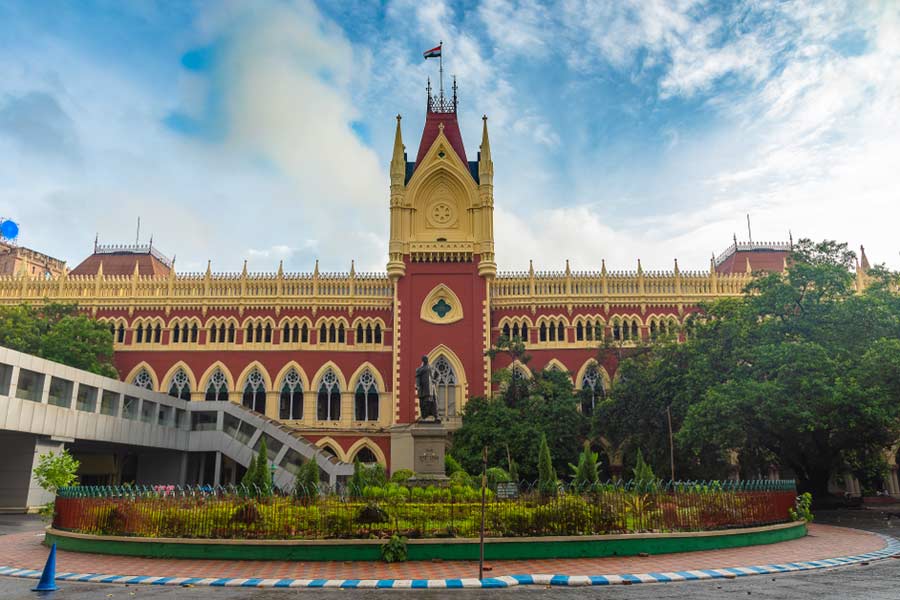|
|
The professor, Bibek Debroy, asked me how an innovative young man, Sandip Chatterjee, a relatively unknown inventor with no connections or influence, could be helped to market his invention. He claims to have developed a technique that could be useful in many fields: science and technology for transferring 2D to 3D in the most realistic manner; film and television for using this cheap technology to convert a blockbuster movie into 3D so it becomes more profitable; space technology for the conversion of a satellite picture into 3D; medical applications like converting a 2D x-ray plate into 3D; archives and other items of historical interest for conversion of archival footage; art, for which this technology can be a boon for researchers and forensics for strengthening justice. But he does not know how to put his invention to work.
That reminded me of Joseph Schumpeter, Peter Drucker and Anil Gupta. Schumpeter showed how innovations were important for development. Drucker showed how management could make large organizations effective. The professor, Anil Gupta, of the Indian Institute of Management, Ahmedabad has enabled thousands of small innovators in remote locations and with little education to put their innovations to work and earn from them.
Schumpeter led Drucker to identify the central role of management in propagating innovation. For Drucker, the essential purpose of a business was to satisfy customers and to innovate. Schumpeter termed innovation ‘creative destruction’ because it brought in new ideas, processes and products in place of the old, and led to improvement in living, efficiency and quality. Business did new things and did them more efficiently, thus providing employment, income, economic growth and consequently human development. He saw the entrepreneur as the creator and implementer of innovation.
Drucker recognized that this would require organizational structures that could mobilize large numbers of men, materials and a lot of money to achieve the purpose. His study of General Motors under Alfred Sloan was the basis of his conviction that major outcomes that required mobilizing many people and resources to complete a large number of activities in a coordinated and timely way could be organized effectively with good management.
Anil Gupta embraces innovation at the neglected levels of society. He does not propagate greed as the best motivator for effective management. He would like students and managers to improve society and its overall environment. He wants to mobilize and propagate the millions of big and small innovations that people develop in their daily life and work to make their tasks easier to perform, more productive and of better quality. He wants this huge bank of innovations to benefit many as well as reward the innovator. It is in this context that his padayatras around India with many of his students have resulted in discovering innovators (so far over 10,000 of them), in the small towns and villages of mofussil India. He has used his management skills to establish ways in which these innovations could be propagated and earn the innovators some money while bringing the innovations to market and achieving a better living for people, with greater efficiency in whatever they are doing.
His three organizations, Sristi or the Society for Research and Initiatives for Sustainable Technologies and Institutions, GIAN or Grassroots Innovation Augmentation Network and the National Innovation Fund open opportunities for ‘barefoot’ inventors in remote parts of India to own, market and propagate the innovations that they have developed. Gupta is the champion of thousands of faceless creative individuals all over India, far removed from the modern organized world of business. They are unaware of their own worth, rights and the opportunities that await them.
Many among the English-educated urban folk working in industry do not realize the potential of the rural and small-town inhabitant, educated, if at all, in a local language. Even the unlettered Indian is not the simpleton that the urban resident thinks he is seeing. Many like him are innovators who tackle the daily problems they encounter, with imagination and with practical improvisation. They find ways to improve the tools or methods that everybody uses. They use what they have and innovate to improve the method or the tool so that it can produce a better output or higher quality. The small innovator freely shares his inventions. In many cases, the innovator is only modifying or rediscovering existing knowledge. He is a shrewd observer and down to earth in his practicality. Gupta helps such people claim ownership and finds ways to market the innovation.
At the time of Independence, the emphasis of our planners was on urban and industrial development, and not on rural India and agriculture. Indeed, the pricing of agricultural products was for the benefit of the urban worker and not in the interests of the rural farmer.
During the 1960s and 1970s, India was in a protectionist phase when many essential articles of daily living and industrial work were not available from abroad. The small town mechanic used ‘reverse engineering’ as substitute for the import. Industries and individuals could not get sewing machines, diesel engines, farm pumps, bicycles, small machine tools, good locks, and handles for doors, hinges, light suitcases, razor blades, and so on. New industrial clusters developed where small-scale producers made what was needed. These innovators — “copiers” was their derogatory epithet — were self-taught mechanics and entrepreneurs.
Government policies helped the small-scale industrialist to some extent by creating the markets that would otherwise have been served by imports. The development of industrial estates around the country — an stroke of genius from the late R. Venkataraman — gave small-scale industries opportunities to start small factories in easily accessible locations where the land was developed and electricity and water were available. Many industries developed through this small-scale route of innovation, imitation and reverse engineering — that is, refrigeration, air conditioning execution, making plastic buckets and other plastic mouldings, chemicals of many kinds, tissue culture, auto spares and so on.
Politicians and bureaucrats almost destroyed the innovative ability of these entrepreneurs with thoughtless policies like reservation of sectors for small-scale enterprises, easily tradable import licences and so on, and made them complacent. As they exploited their monopolistic positions, quality deteriorated and innovation took a backseat. The opening up of the economy destroyed those that had thrived on shortages and controls. Those that changed are thriving and have a symbiotic relationship with large organized industry.
Gupta’s Honey Bee network gathers the scattered innovations. Its database has already 12,000 entries, including some from Mongolia, Vietnam, Uganda, Kenya, Colombia, Ecuador and North America. It contains heirloom knowledge, folklore, ideas, techniques and product innovations.
GIAN brings notable inventions to the attention of venture capitalists and financiers. The National Innovation Foundation, with the Council for Scientific and Industrial Research, evaluates and prioritizes worthwhile ideas; Sristi coordinates all these activities.
Gupta has held countrywide competitions for awards by the NIF. The first, in 2000, brought nearly a thousand entries from Gujarat, Kerala, Tamil Nadu, Assam and Karnataka. There were five categories and prizes ranged from Rs 25,000 to Rs 100,000 in each.
One example among many innovations: Mansukhbhai Jagani has rebuilt the Bullet motorcycle, to develop a complete machine system for a small holding at Rs 20,000, with attachments for tilling, weeding and sowing, and a trailer that hooks on to the bike. Gupta has also helped patent and market some of these innovations through the organizations he created. Arvindbhai Patel’s watercooler has a licensee who paid Rs 3,50,000 for the idea.
India is strewn with such gifted innovators. Sandip Chatterjee needs Anil Gupta to patent and market his invention.












